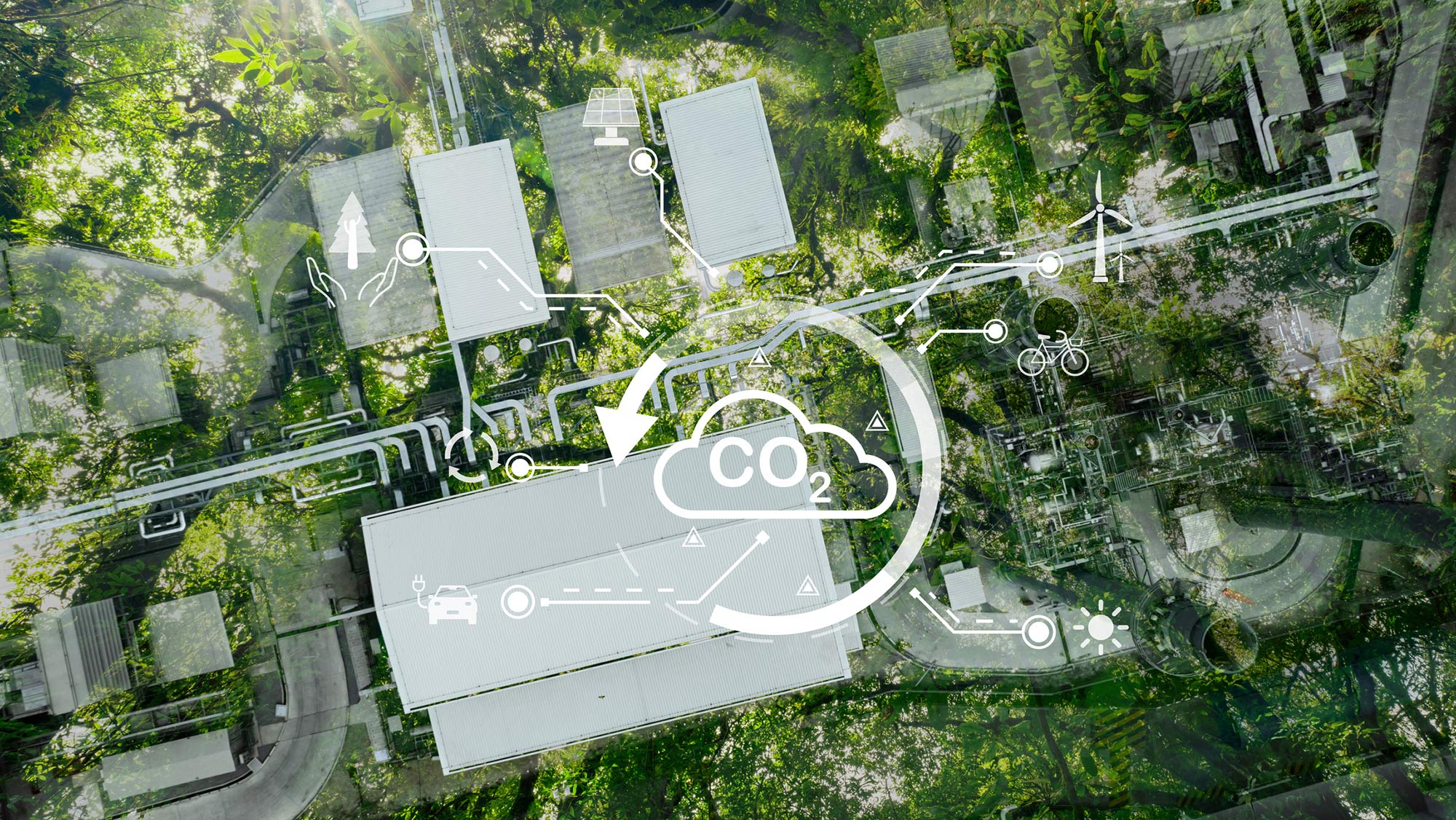
Researchers from Texas A&M University are playing a leading role in a groundbreaking initiative that seeks to revolutionize U.S. manufacturing toward zero or negative emissions.
Texas A&M and other top-tier institutions are part of a $26 million decarbonization effort led by Washington University in St. Louis, Mo. Funded by the National Science Foundation (NSF), this initiative, known as the Carbon Utilization Redesign for Biomanufacturing-Empowered Decarbonization (CURB) Engineering Research Center (ERC), aims to convert carbon dioxide emissions into valuable products that drive a circular carbon economy.
As a co-leading institution alongside the University of Delaware, Prairie View A&M University, and Washington University, Texas A&M draws on expertise from its College of Engineering, Texas A&M Energy Institute and the Colleges of Agricultural and Life Sciences and Arts and Sciences.
“Transforming CO2 from waste to useful products in a cost-effective and sustainable manner remains one of the most critical challenges for the sustainable future of our power, chemical and manufacturing systems in the energy transition era,” said Dr. Stratos Pistikopoulos, professor in the Artie McFerrin Department of Chemical Engineering at Texas A&M and the director of the Texas A&M Energy Institute. “The CURB technology aims to develop and deliver at-scale engineering solutions which will create a viable carbon circular economy.”
This collaboration will advance cutting-edge carbon capture and conversion technologies using biological and biochemical systems, helping turn waste carbon dioxide into products like biofertilizers, chemicals and eco-friendly materials.
We have designed a new system with great potential to add value to CO2. The new design can address sustainability challenges and transform the future design of carbon dioxide reduction.
At the core of this initiative is innovative technology developed by Dr. Susie Dai, associate professor of plant pathology and microbiology at Texas A&M and associate director and co-principal investigator of CURB. Her lab has integrated carbon dioxide reduction with biological conversion, a vital breakthrough that enables CURB's central theme — the circular carbon bioeconomy.
“Without valorizing CO2 to something of much greater value, human society is not willing to simply pay for carbon capture and storage at a large scale,” Dai said. “We have designed a new system with great potential to add value to CO2. The new design can address sustainability challenges and transform the future design of carbon dioxide reduction. We have demonstrated the blueprint for ‘decarbonized biomanufacturing’ that could transform our manufacturing sector.”
Far from a theoretical concept, Texas A&M has filed a patent for the innovative process with the potential to reshape industries by converting carbon dioxide into high-value compounds and materials. This breakthrough from Texas A&M’s lab lays the groundwork for CURB and shapes its strategy.
The Texas A&M team will also focus on developing powerful digital tools to optimize CURB’s technologies. These tools, known as digital twins, will simulate and assess the technical and economic feasibility of different carbon bioeconomy routes and supply chains. By evaluating the sustainability, environmental and social impact, Texas A&M will help ensure that CURB's innovations are efficient, cost-effective and scalable for real-world use. In addition, their team will conduct life cycle assessments to refine the processes and confirm they meet high standards for environmental sustainability.
Texas A&M will also play a key role in workforce development and commercialization, guaranteeing that the new carbon-based technologies lead to economic growth and job creation. CURB will establish new career and training pathways to help workers upskill and transition into hard-to-decarbonize industries, like chemical production, through biomanufacturing. This transition aims to empower U.S. workers to support themselves and their families while helping to make U.S. manufacturing more sustainable.
Funding for this research is administered by the Texas A&M Engineering Experiment Station (TEES), the official research agency for Texas A&M Engineering.